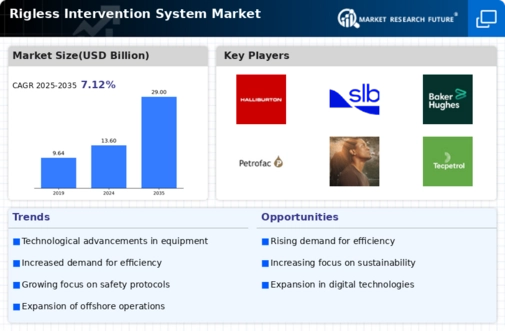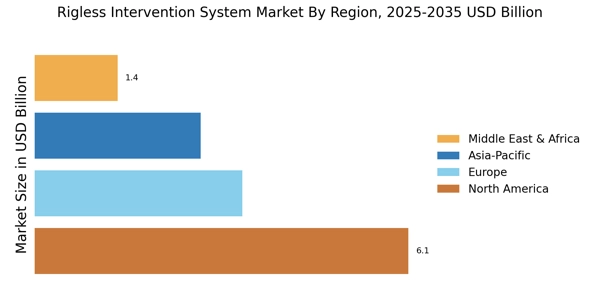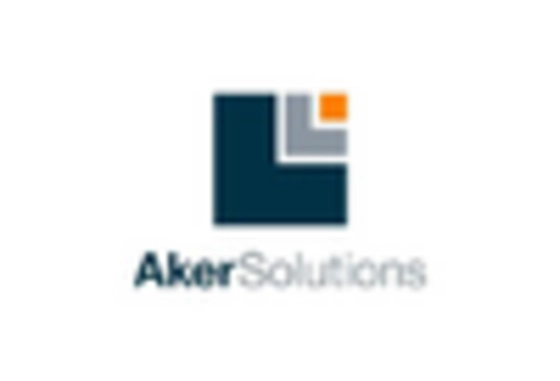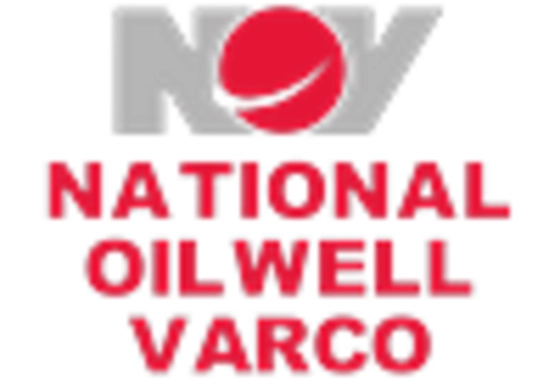Focus on Environmental Sustainability
The Rigless Intervention System Market is witnessing a heightened focus on environmental sustainability. As the energy sector grapples with the need to reduce its carbon footprint, rigless intervention systems offer a more environmentally friendly alternative to traditional methods. These systems typically generate less waste and require fewer resources, aligning with the industry's shift towards sustainable practices. Market data indicates that companies adopting rigless technologies can reduce their environmental impact by up to 40%. This emphasis on sustainability is likely to attract investment and drive the development of new rigless solutions that further minimize ecological disruption, positioning the industry favorably in a world increasingly concerned with environmental issues.
Regulatory Support and Safety Standards
The Rigless Intervention System Market is benefiting from enhanced regulatory support and evolving safety standards. Governments and regulatory bodies are increasingly recognizing the importance of safe and efficient intervention methods, leading to the establishment of guidelines that favor rigless technologies. These regulations often promote practices that reduce environmental impact and improve worker safety. As a result, companies are incentivized to adopt rigless systems that comply with these standards. The market is expected to see a rise in investment in rigless technologies, as adherence to safety regulations becomes a priority for operators. This regulatory environment is likely to foster innovation and drive growth within the industry.
Growing Exploration and Production Activities
The Rigless Intervention System Market is poised for growth due to increasing exploration and production activities in various regions. As energy demand continues to rise, operators are seeking efficient methods to enhance production from existing wells. Rigless intervention systems provide a viable solution for maintaining and optimizing production without the extensive setup required by traditional rigs. Recent reports indicate that the global oil and gas exploration sector is expected to expand, leading to a corresponding increase in the adoption of rigless technologies. This trend suggests that as exploration activities ramp up, the demand for rigless intervention systems will likely follow suit, further solidifying their role in the industry.
Increased Demand for Cost-Effective Solutions
In the Rigless Intervention System Market, there is a growing demand for cost-effective solutions that minimize operational expenses. Companies are increasingly recognizing the financial benefits of rigless systems, which often require lower capital investment compared to traditional rig-based methods. The ability to perform interventions without the need for extensive rig setups can lead to significant savings in both time and resources. Market analysis suggests that the cost savings associated with rigless interventions can be as high as 30% compared to conventional methods. This trend is likely to drive further adoption of rigless technologies, as operators seek to enhance their profitability while maintaining operational efficiency.
Technological Advancements in Rigless Intervention Systems
The Rigless Intervention System Market is experiencing a notable transformation due to rapid technological advancements. Innovations such as automated systems and advanced robotics are enhancing operational efficiency and safety. These technologies reduce the need for traditional rig-based interventions, which can be costly and time-consuming. For instance, the integration of real-time data analytics allows for better decision-making during interventions, potentially increasing success rates. The market is projected to grow at a compound annual growth rate of approximately 5.2% over the next five years, driven by these advancements. As companies seek to optimize their operations, the demand for sophisticated rigless systems is likely to rise, indicating a shift towards more efficient and less intrusive methods of intervention.


















Leave a Comment